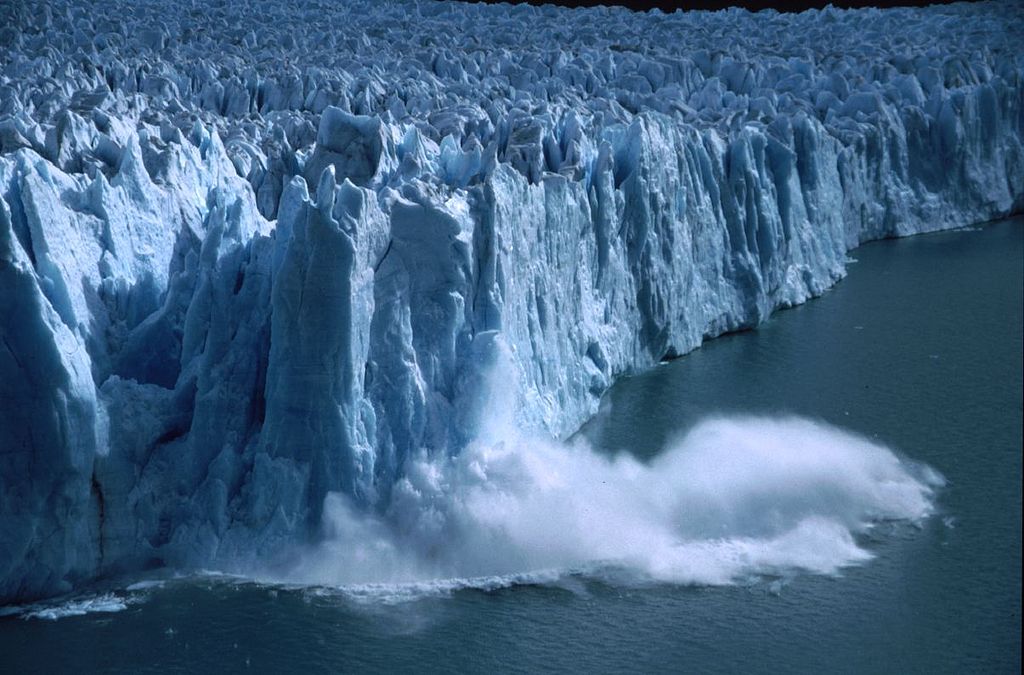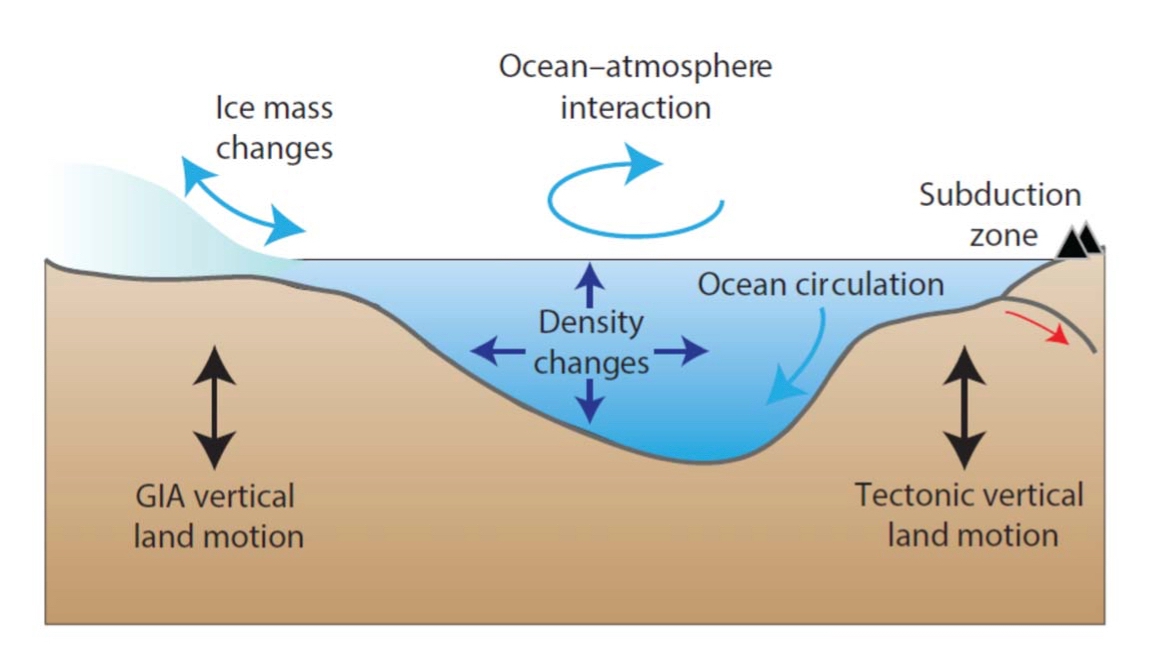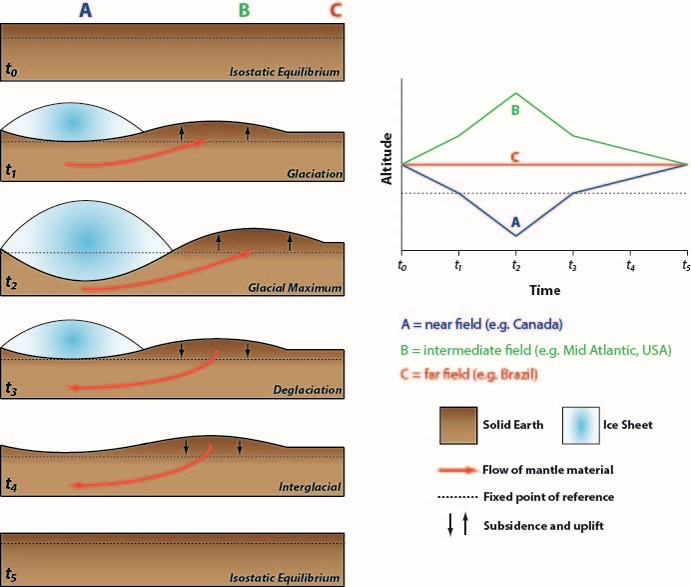
625 million people worldwide live in low elevation coastal zones (LECZ). By 2060, the LECZ population is likely to approach 1.4 billion people. These low-lying coastal regions, many of them in Southeast Asia (>70% of total LECZ population), are vulnerable to sea-level rise brought about by climate change. Changing sea-level is an inevitable consequence of climate change caused by a combination of the increased water mass and volume in the oceans. Recent climate warming is responsible for producing the highest rate of sea-level rise observed in the past few millennia and it is expected that this acceleration will continue through the 21st century and beyond. Future sea-level changes will be spatially variable and consequently risk assessment should be based on regional rather than global projections.
Changes in sea level are spatially variable and impact coastlines around the world differently, as oceanic waters adjust in response to various processes. These processes include changes in ocean volume from melting land ice, gravitational effects, thermal expansion of warming waters, atmospheric/oceanic processes. A large component of this evolution is driven by the distinct pattern of lasting deformation of the ground resulting from the huge weight of the ice sheets that once covered large parts of the northern hemisphere during the last ice age. This time- and space-dependent phenomenon is called Glacial Isostatic Adjustment (GIA)). A more recent source of ground deformation comes from the present melting of land ice due to climate change, which induces a distinct pattern of immediate (or elastic) relaxation of the ground (also called elastic fingerprints).

To help us understand how sea level is evolving and how this deformation operates, we rely on a variety of measurement techniques. Our knowledge of sea level before the advent of the instrumental era relies on the interpretation of geological information. This knowledge is now complemented by a network of direct tide gauge records of various length and quality, that have recorded coastal water elevation changes for most coastlines around the world (in some cases, these records can extend as far back as 300 years in the past). Over the past few decades, those coastal records have also been supplemented by satellite-based radar altimeters that can provide a global coverage of sea-level change. These various networks and data sources have all played a fundamental role in our interpretation of recent global and local changes in sea level.

In their study, Frederikse et al. explore how the recent elastic deformation of the ocean floor, in response to the recent melting of Greenland, Antarctica and other glaciers, can influence our understanding of relative and absolute sea-level change. In particular, the surface of the Earth will respond both to the decreasing weight of a melting ice sheet or glacier and to the corresponding increase in mass of the ocean. This can have an impact on satellite-based measurements of sea-level change, which only look at changes from the top without being able to determine how much of the signal comes from the sinking or rising of the ocean floor. They explicitly show that, although not negligible, ocean bottom deformation is, on average, small over the 1993-2014 period (-0.13 ± 0.01 mm/y) and negative, due to the increase in ocean mass brought by melting ice sheets and glaciers. The number accounts only for a small fraction of the global average in absolute sea-level change during this time period (1.60 ± 0.11 mm/y). This value is even smaller when compared to the full magnitude of global mean sea-level change, which must also include the influence of the thermal expansion of the oceans (3.0 ± 0.7 mm/y) (Hay et al. 2015). Although frame of reference considerations have been discussed in the literature, the study of Frederikse et al. (2018) explicitly quantifies the relative importance of ocean bottom deformation with respect to relative and absolute sea-level change.
Our rapidly evolving understanding of sea level depends on a careful consideration of the relationships between different data sources. Far from undermining the significance of the challenge posed by sea-level rise over the 21st century and beyond, this kind of work actually helps us better constrain the processes that will impact future sea-level rise at a local scale.
Sea-level rise is a significant threat to coastal infrastructure worldwide. In order to better prepare for its future consequences, much effort must be put towards a better understanding of its drivers at the local and global scales.
ReferencesFrederikse T, Riva REM, King MA. 2018. Ocean bottom deformation due to present-day mass redistribution and its impact on sea level observations, Geophys. Res. Lett. 44:12306-12314.Hay CC, Morrow E, Kopp RE, Mitrovica JX. 2015. Probabilistic reanalysis of twentieth-century sea-level rise. Nature. 517(7535):481–84.Milne GA, Gehrels WR, Hughes CW and Tamisiea ME. 2009. Identifying the causes of sea-level change. Nature Geoscience 2: 471-478.